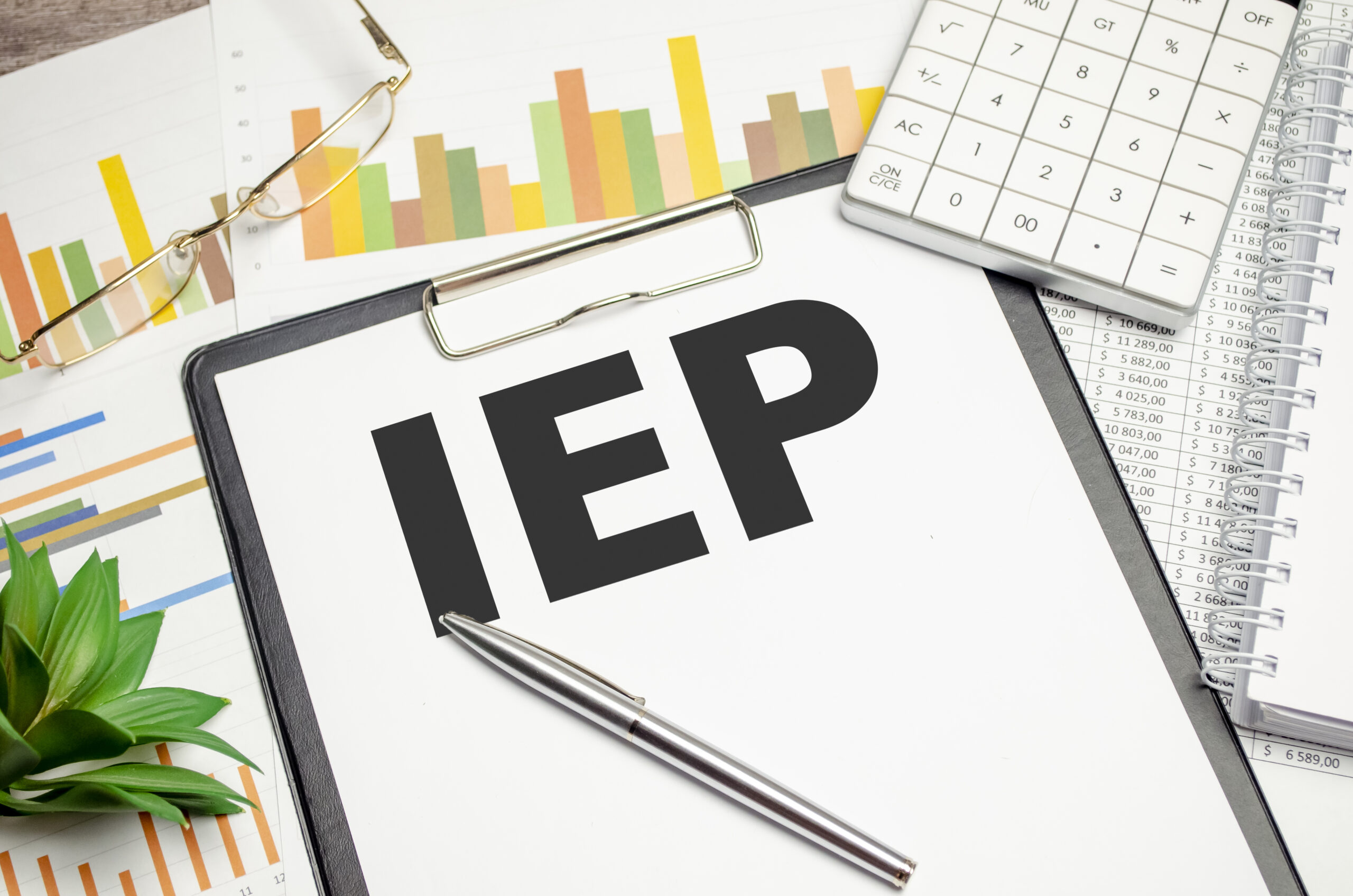Introduction
Many parents have heard that a new IEP form is coming to Massachusetts for the 2024-25 school year. However, there’s some confusion about what to expect and how it will affect them. Schools will roll out the new format during your child’s IEP annual review, meaning your child’s existing IEP will remain in effect until then. Here’s a breakdown of what you need to know.
Bottom Line Up Front: Key Changes
The new IEP form has already been released and there is a lot to like! Here are the three key things to expect:
- More similar than different. – While all the critical sections are still there, the new format includes many updates. It’s been a long time since it was changed!
- More transparency – The new format spells out details that were sometimes hidden or not well-documented in the old format. This should help parents understand how the plan is designed and how it will work.
- Centering the student – The new format involves the student more in their learning goals and vision. This is probably the biggest change in practice.
If I tried to document all the changes in the IEP form this would be super long and boring for most parents. So I’m sharing my impressions of the highlights instead.
See your current IEP in the new MA form.
Free IEP Converter tool now available!
Explore the new MA IEP 2024 form changes with your child’s real data in it.
Totally New IEP Stuff:
- Student vision according to THE STUDENT– One of the bigger changes involves students articulating their own vision on the IEP. This includes even younger students. It may take time for schools to adapt to using this and will likely require some practice and support from parents. This could be a bit confusing out of the gate but there are still sections for parent concerns and for the team to weigh in on their vision for the student as before.
- Assistive Technology summary– This is explicitly called out, making it more obvious to parents that assistive technology should be available, especially for kids with reading accommodations and significant communication challenges. (The actual needs are documented elsewhere in the IEP. It specifically calls out AAC devices in the Communication section)
- Autism questions– When you see the form, you’ll notice some extra questions sprinkled throughout labeled “autism-specific questions”. It’s the only disability category that gets its own questions throughout the new form. I think of it as built in professional development about autism, embedded as prompts for the IEP team.
Changes in organization & transparency improvements:
- Accommodations and Modifications Section
Instead of being embedded in the Present Levels sections of the IEP, accommodations and modifications now have their own section. This makes it easier to find and reference these details.
My son has a lot of accommodations that were a laundry list of items under the present levels descriptions. Now they will be broken out with more details that show how they apply in different settings, as well as categorizing accommodations by type (presentation, response, timing, setting). The structure is helpful to parents in understanding how and where they will be applied. And also easier to see all the accommodations in one place.
- More than “primary” disability
The current IEP lists a primary disability category that the child has qualified under and sometimes a secondary. The new IEP form is switching to multiple checkboxes “to identify all disabilities determined through the special education eligibility process.” In one way this is great – it wasn’t so clear for my son what was “primary”. Was it dyslexia or ADHD? So we were kind of guessing as we wrote up the early IEPs. The new model doesn’t constrain classification to one category, but it also doesn’t provide much color commentary.
One recurring conversation among parents about disability categories has been whether SLD is sufficiently specific or if parents should push to see the word “dyslexia” on the IEP. So it is good to see this guidance from DESE regarding the new IEP. “It is important to note that a student’s disability determination on an IEP may not always align with medical or other diagnostic evaluations. If relevant, more information about the student’s disability can be included when describing the impact of the student’s disability in other sections of the IEP. For example, the IEP Team might identify a student as having a specific learning disability in their Student Profile and further explain that the student has dyslexia, dysgraphia, or dyscalculia in later sections of the IEP.”
- Four Categories of Present Levels
The new IEP format has Present Levels that cover Academics, Behavioral/Social/Emotional, Communication, and Additional Areas separately. This should make the IEP easier to read and provide more clarity about the student’s needs in each area. “Additional areas” could include needs relevant to the student’s disability, such as activities of daily living, health, hearing, motor, sensory and vision.
- Enhanced transition planning
Beefed up and now included in the IEP when relevant rather than referencing a separate document. There is a lot to explore here if it applies to your child. Could probably be a whole blog post on this topic.
- ESY service grid
Now ESY has its own separate service grid. For me personally this one is very useful. I went into my son’s first year or two of ESY assuming services would look like the school year and not realizing that they were listed in the main service grid.
- Removed ‘Key Evaluations Results Summary’
For kiddos with complex profiles, the evaluations summary could be a pretty long part of the IEP as in this example IEP. Some (much?) of this information may still be captured in “Present Levels” but DESE guidance is to not repeat all the evaluation details in the IEP. “When including information from evaluations, the IEP Team may include the key conclusions from those evaluations rather than repeating extensive details that can be easily found by reading those evaluations separately from this IEP.”
Finding a crosswalk to the new IEP
Overall there’s a lot to like about the new IEP format. Of course the bottom line will become clear once everyone has more experience trying to use it. There will definitely be an adjustment period as everyone gets comfortable with it, especially with the role of students. One tricky element in the transition will be comparing your prior IEP to a new one that comes in the new format. Technology will be your friend here. KidvoKit’s new MA IEP Converter tool (FREE!) will take your current IEP and show you how it might look in the new form. Great way to educate yourself on the new form so you don’t waste your next IEP meeting time talking about forms instead of your kiddo.
Conclusion
The new IEP format promises greater transparency and a more student-centered approach. While it will take some time to adapt, the changes are designed to make IEPs more effective and easier to understand for everyone involved.



